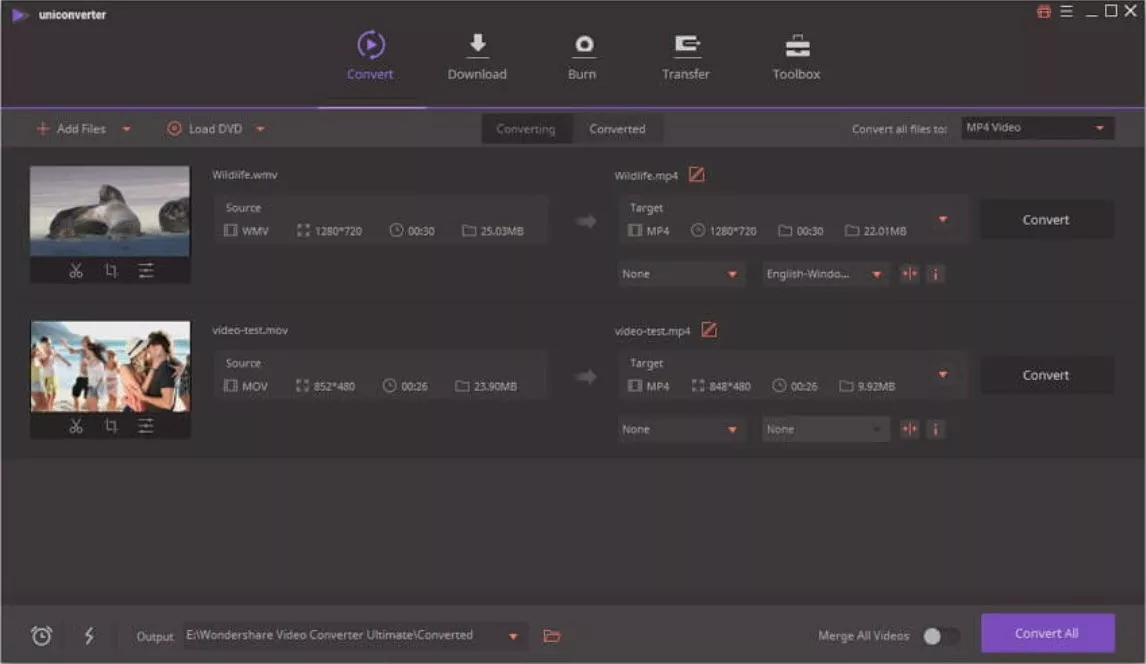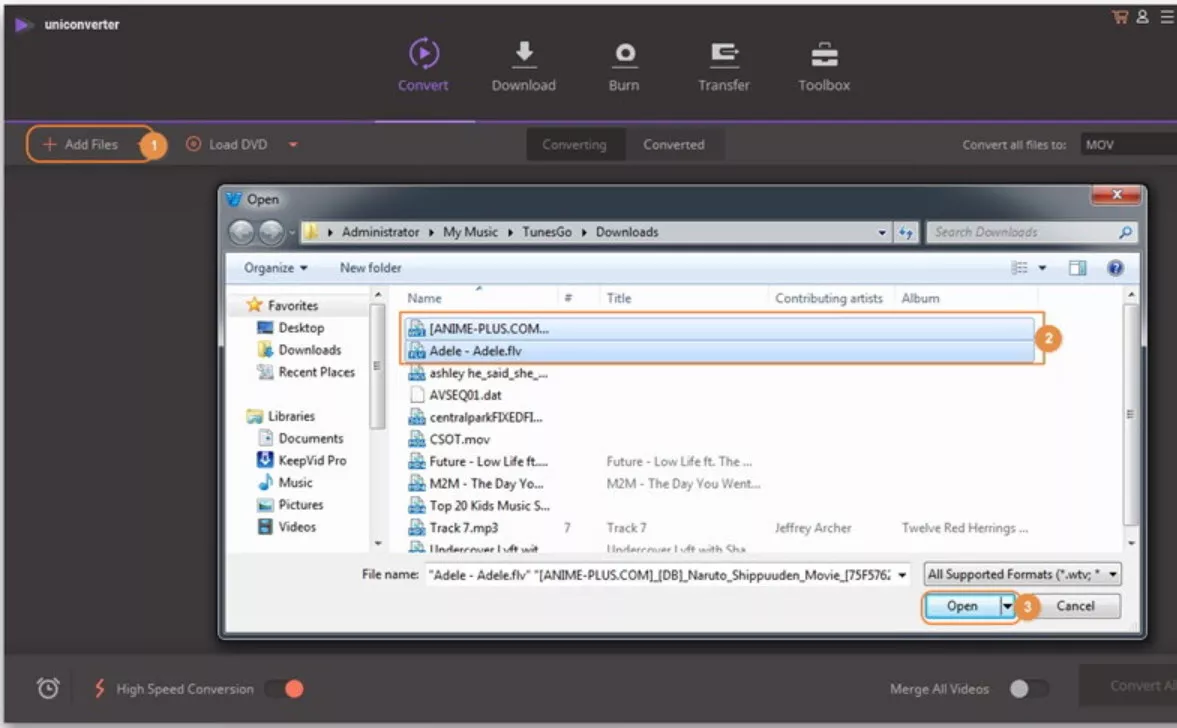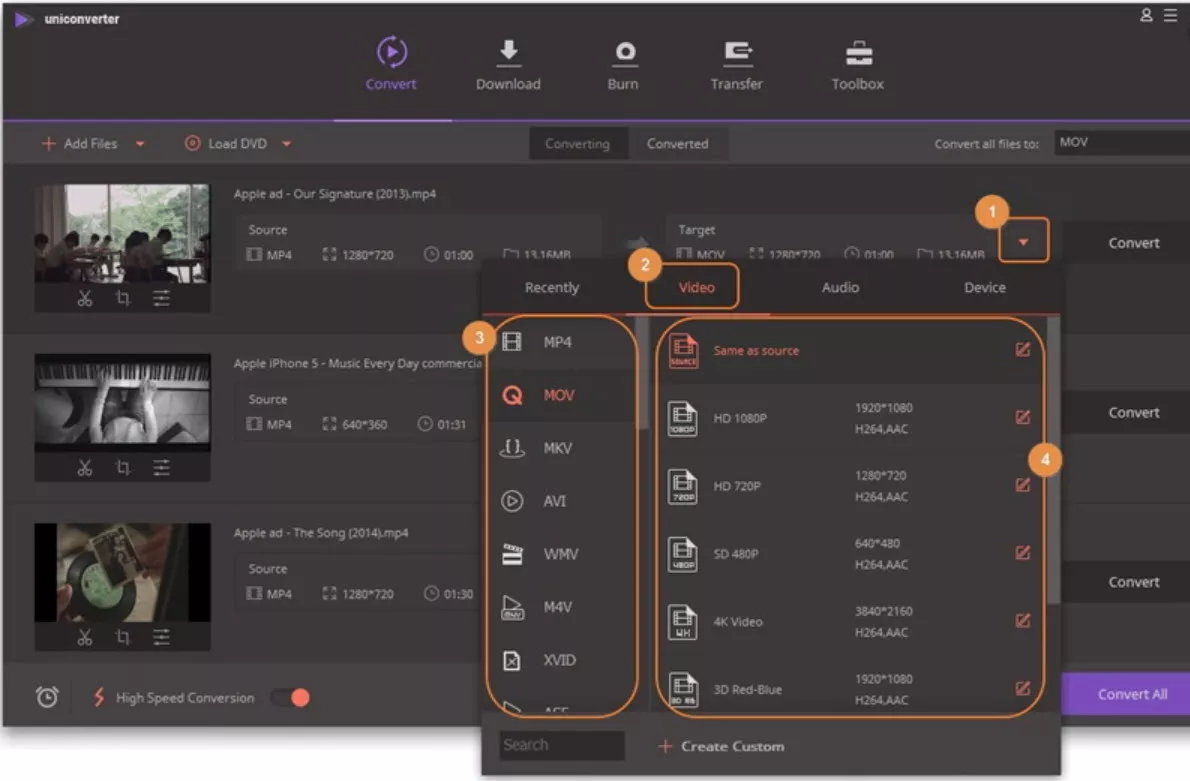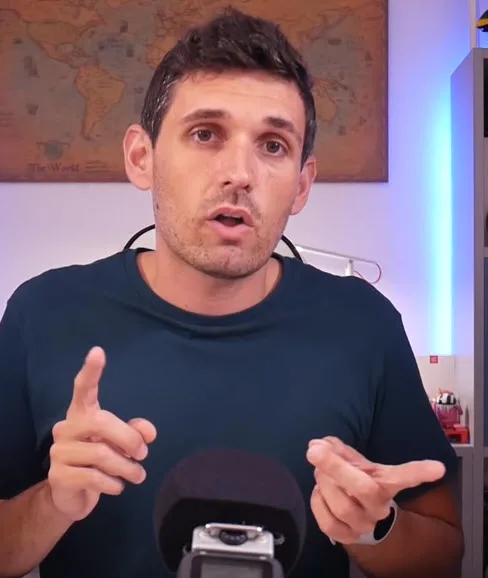Upscale 720p To 1080p
Currently, the objective of the upscale from 720p to 1080p is to enjoy an improved bitrate encoding (4) on YouTube videos (5). This enhancement improves the user experience in the aforementioned platform (6) and for others as well (3). The same can be said about the improvement in bitrate encoding when upscaling from 1080p to 1440p (2), or the enhancements from 1440p upwards (1)
YouTube has equivalences defined between video format and bitrates. In the case of footage in 720p, it is convenient an upscale 720p to 1080p because the bitrate is capped at 9.5 Mbps with 720p and at 15 Mbps with 1080p.
However, artifacts can appear as an outcome of the upscale. Furthermore, it can happen that the aspect ratios do not match and we will encounter black spaces on the screen. Likewise, if the adjustment of the aspect ratio is performed automatically, there will be compression or stretching of the image that will be a severe distortion of the image.
Pros And Cons
Pros And Cons Of The Upscale 720p To 1080p
Pros
- Improves bitrate encoding for YouTube videos.
- An audio codec may work better in 1080p (256 Kbps)
Cons
- Rendering and conversion takes more time and more storage.
- Upscaling a digital asset does not add more information than the one available in the native format.
- Artifacts can appear as an outcome of the upscale.
- If both aspect ratios do not match, there will be blank areas in the uncovered screen real estate.
- If the mismatched aspect ratio is automatically adjusted, the image will become distorted as a result of the compression or the stretching required in the adjustment.
Upscale 720p To 1080p And Bitrate Encoding In YouTube
In other situations apart from YouTube, the upscale of a digital asset from 720p format to 1080p does not improve the output quality.
Upscale 720p to 1080p format will not add more information to the new format because it will not have more information than the one available in the native 720p digital asset.
If you watch a video recorded in 720p in a 1080p display, such as the Pioneer Kuro TV, the quality will not be improved. All TVs and monitors are able to adapt to the native format of the video, but this does not improve the quality of the original 720p.
Step by Step Upscale
To upscale 720p to 1080p, you can use Wondershare Uniconverter, and you do not need the Pro version to do it. Le´s see step by step how to do it in a few clicks.
Go to the “Convert” option in the Dashboard and press at the left “Add Files”

After pressing “Add Files”, you will be prompted to your computer folders where you will simply select the files you want to convert.

Once you have the files selected, we have to select the destination format, that will be 1080p.

Nos, just press the violet button “Convert All”.

The process requires a few minutes depending on the conversion, and moreover, depending on the size of the files to upscale.
Terminology
In the comments of the forum, there was a confusion in terminology between bitrates and bitstream. Bitstream is related to audio. Please read what bitstream is here where the concept is explained thoroughly.
Conclusions
So, I do not recommend you to upscale, as I have not noticed advantages, apart from the case when you upload to YouTube in a higher quality to enjoy an improved bitrate encoding.
Artifacts can appear as an outcome of the upscale.
If both aspect ratios do not match, there will be blank areas in the uncovered screen real estate. or the image will become distorted as a result of compression or stretching in the direction utilized to cover the blanks.
Further Readings
We have some other interesting articles for you to read, we have selected our top articles below, and tried to keep this list short.
We have a technical vademecum where we discuss industry terminology and how it can be useful for you. Selected examples are the definition of PCM audio, then comes the comparison between PCM and Bitstream, the comparison between DTS Neo 2.5 and Dolby Digital, and the process to match amplifiers to speakers.
Also, we have reviewed some interesting DAC: The Elgar Plus from dCS, and the Schiit stack. where the Modi 3 behaves as an entry-level DAC.
In our reviews of AV receivers, we can recommend you to read some of our favorites, the ones that we liked the most, and trying to make the list short, we have the Denon AVR-X2500H, the Onkyo TX-NR686. We also have reviewed completely the Denon 8K receivers where we have studied the 8K Denon AVR-X2700H, the Denon AVC-X6700H, the AVC-X4700H, and the AVC-X3700H.
If you are into amplifiers, my favorite is the McIntosh MA9000, and that is why I would like to recommend you to read that review. My second favorite amplifier is the Mark Levinson 5805.
Regarding speakers, we have reviewed tiny bookshelf-speaker devices to large towers. My favorites were: the Devialet Gold, the Devialet Silver, the ProAc Response DT8, the Bowers and Wilkins 805 D3,
We do not review many headphones, but if you want a Sennheiser headphone for less than 100 dollars, we have this Sennheiser HD595 review.
We have some TV and monitor reviews and here we recommend the Samsung NU8000 (for gamers!) and my favorite is the review of the classical Pioneer Kuro.
Our home theater aficionados want to know everything about video definitions and configurations. So we studied 720p, how to scale it to 1080p the right way, and compared 1080p with 1440p and demonstrated why 1440p is not always better. Likewise, we had the urge to compare 1440k with 4K and try to find out how much are we gaining with the change.

I am Bob. I work as an audio engineer and audio technician. I work in mastering and arranging bridges in existing songs and the arrangement and orchestration of the chorus. In Planet HiFi I test gear for a couple of days and write a review. I also write about AV topics, amplifiers, speakers, and headphones.

